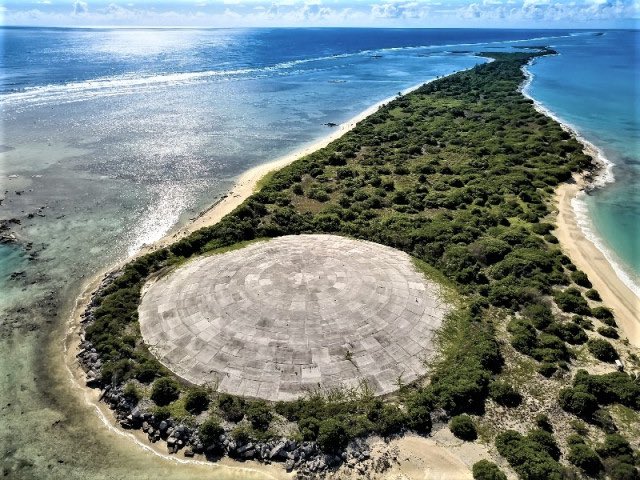Days after United States Congressional leaders and executive branch officials told Marshall Islands leaders there was “no more money” for nuclear test compensation, the U.S Senate passed legislation expanding nuclear compensation to more Americans in the US mainland and Guam.
The Senate legislation seeks to expand the Radiation Exposure Compensation Act of 1990.
This law currently provides compensation to American Downwinders who lived near the Nevada Test Site, uranium miners, and people who worked at nuclear sites.
The new legislation expands the time period of eligibility for uranium miners from the previous deadline of 1971 to 1990, which means many more workers will be eligible. It also aims to support compensation for people in Guam – who live over 2000 kilometres away from the Bikini and Enewetak test sites in the Marshall Islands – and other U.S jurisdictions affected by nuclear testing.
In the Marshall Islands, however, the U.S definition of those “exposed” is limited to four atolls despite U.S government studies that show many more islands in the country were exposed to nuclear test fallout.
Prior to it running out of compensation funds in the late 2000s, the Nuclear Claims Tribunal compared fallout exposures of American Downwinders and Marshallese. It noted that the highest exposures among American Downwinders were lower than the lowest exposures of Marshallese.
The irony of the U.S nuclear test compensation disparity is not lost on Marshallese.
“As nuclear test victim ourselves, we support compensation for American victims of nuclear tests, whether they are Downwinders or worked at nuclear test sites or worked in uranium mines,” Marshall Islands Speaker Kenneth Kedi, who represents Rongelap, told the Marshall Islands Journal.
“But the fact that U.S authorities can tell the Marshall Islands there is ‘no more money’ for nuclear test exposure for people who lived through 67 of the largest U.S nuclear weapons tests ever conducted while at the same time preparing to expand compensation coverage for Americans is astounding.”
The U.S government launched its Radiation Exposure Compensation Act in 1990 with a $100 million appropriation from the Congress. Over 30 years later, the U.S Justice Department has paid out awards amounting to over $2 billion because when additional compensation was needed, the U.S Congress appropriated more funding.
In contrast, for the Marshall Islands, which was subjected to weapons testing over 90 times the megatonnage of the Nevada nuclear tests, the U.S provided the Marshall Islands with a $150 million fund as the “full and final” compensation.
It has refused to respond to Marshall Islands government requests to provide additional compensation in the ensuing 37 years since the first Compact of Free Association went into effect.
Despite the fact that the Nuclear Claims Tribunal was an entity created by the first Compact of Association to adjudicate nuclear claims, the Marshall Islands government’s entreaties to the U.S for funding to pay the over $3 billion in Tribunal awards have received a cold shoulder.
“We have no issue with people of Guam qualifying for U.S nuclear compensation,” Kedi said.
“But if the people of Guam, who are 1,400 miles away from Bikini, are eligible for compensation, what about the many Marshallese who lived much closer to the testing who according to the U.S are not radiation affected?”
SOURCE: RNZ PACIFIC/PACNEWS














